Mr. CK (61 years old, Cambodian nationality) was slashed by a lawn mower while working. The injury was severe as a large piece of his right leg was cut off and bleeding.
From Cambodia to Ho Chi Minh City to find life opportunities
After the accident, the patient received temporary first aid in Cambodia, then was taken to Nam Saigon International General Hospital (HCMC) that same night.
X-ray of patient's leg before surgery (Photo: Provided by the hospital).
Dr. Son Tan Ngoc - the person directly treating him - said that Mr. K. was admitted to the emergency room with a right leg injury, a large open wound, deformity, blood loss, and ruptured blood vessels, nerves, and tendons of the tibialis anterior muscle, important structures in the foot.
The patient was diagnosed with a severe open fracture. Without timely and proper intervention, the man was at high risk of losing the ability to use his foot, and even had to have it amputated to save his life.
The emergency team at the Orthopedic Trauma Department took advantage of the "golden time" in the first 6 hours to perform surgery.
Surgeons clean the wound, remove crushed tissue, prevent infection, and place an external fixator to stabilize the broken bone - a technique that stabilizes the bone structure without having to penetrate deeply into the damaged area, facilitating the healing process.
At the same time, the patient's artery, anterior tibial nerve and anterior tibial tendon were sutured to restore blood circulation, restore sensation and motor function of the leg in the future.
The key point of the surgery is the microsurgical technique of reconnecting the anterior tibial artery and nerve, which requires the surgeon to be highly skilled, meticulous in every detail, and supported by specialized, modern equipment.
"We use a surgical microscope with high magnification to reconnect blood vessels with a diameter of only 1-2mm. This is the deciding factor in whether the severed foot is nourished and retained by blood vessels," explained Dr. Son Tan Ngoc.
Doctor checks patient's leg condition after surgery (Photo: Provided by hospital).
After more than 3 hours of surgery, the team of doctors successfully performed microsurgical connection of blood vessels, nerves, and tendons, helping to preserve the patient's limbs to the maximum extent possible, maintaining leg length, ensuring blood circulation, and restoring sensation and motor function.
Anesthesia and resuscitation also play an important role, ensuring that the patient remains stable throughout the surgery.
Detect hidden kidney damage
This case did not stop at the life-saving surgery of the foot. During the whole body injury screening process, doctors discovered that Mr. K. had signs of right kidney stones due to narrowing of the renal pelvis-ureter junction.
This condition prevents urine from draining from the kidneys to the bladder, leading to water retention, increasing the risk of infection, kidney tissue damage, and kidney failure if not detected and treated promptly.
Only 3 days after the microsurgery to reconnect the lower limb arteries - when the patient's health was more stable - the surgical team led by Dr. Le Van Hieu Nhan (Urology) performed the next surgery to reconstruct the renal pelvis-ureter junction and remove kidney stones for the patient.
Surgery to treat kidney stones for a patient (Photo: Provided by the hospital).
The Urology team chose the method of opening the renal pelvis in the sinus to remove the stone, with a 10cm long skin incision in the rib area. This technique allows precise access to the stone location, while thoroughly treating the cause of the obstruction, which is the narrowing of the renal pelvis-ureter junction.
After the surgery, the 1.4mm stone was successfully removed. The patient's renal pelvis-ureter junction was reshaped, ensuring good urine flow from the kidney to the bladder, thereby preventing the risk of stone recurrence and protecting kidney function in the long term.
“Early detection and simultaneous treatment of both problems at the appropriate time not only helps patients recover fully, but also avoids dangerous complications that may go undetected for many years,” Dr. Nhan shared.
After about 2 months of active treatment and 4 comprehensive surgeries, the patient's condition has now stabilized significantly, and post-operative monitoring indicators all show positive results.
Doctor monitors and guides patient in physical therapy exercises (Photo: Provided by the hospital).
The patient's foot showed signs of good recovery, the wound was clean and dry, with no signs of infection. Meanwhile, kidney function had improved with good urine flow and no more water retention.
According to doctors, the above case is a typical example of the important role of the multidisciplinary coordination model at Nam Saigon International General Hospital.
If only focusing on treating the initial injury and ignoring other signs, the patient may lose the opportunity to detect and promptly treat potentially dangerous diseases such as ureteral obstruction, kidney stones or kidney dysfunction.
"This is also the treatment orientation that the hospital always pursues: Comprehensive - Individualized - For the long-term benefit of the patient. With a team of experts and advanced equipment, the hospital not only meets the needs of high-quality medical examination and treatment for domestic people but is also ready to receive international patients," affirmed a representative of Nam Sai Gon International General Hospital.
Source: https://dantri.com.vn/suc-khoe/bac-si-viet-cuu-benh-nhan-campuchia-bi-may-cat-co-chem-vao-chan-nguy-kich-20250805165235636.htm


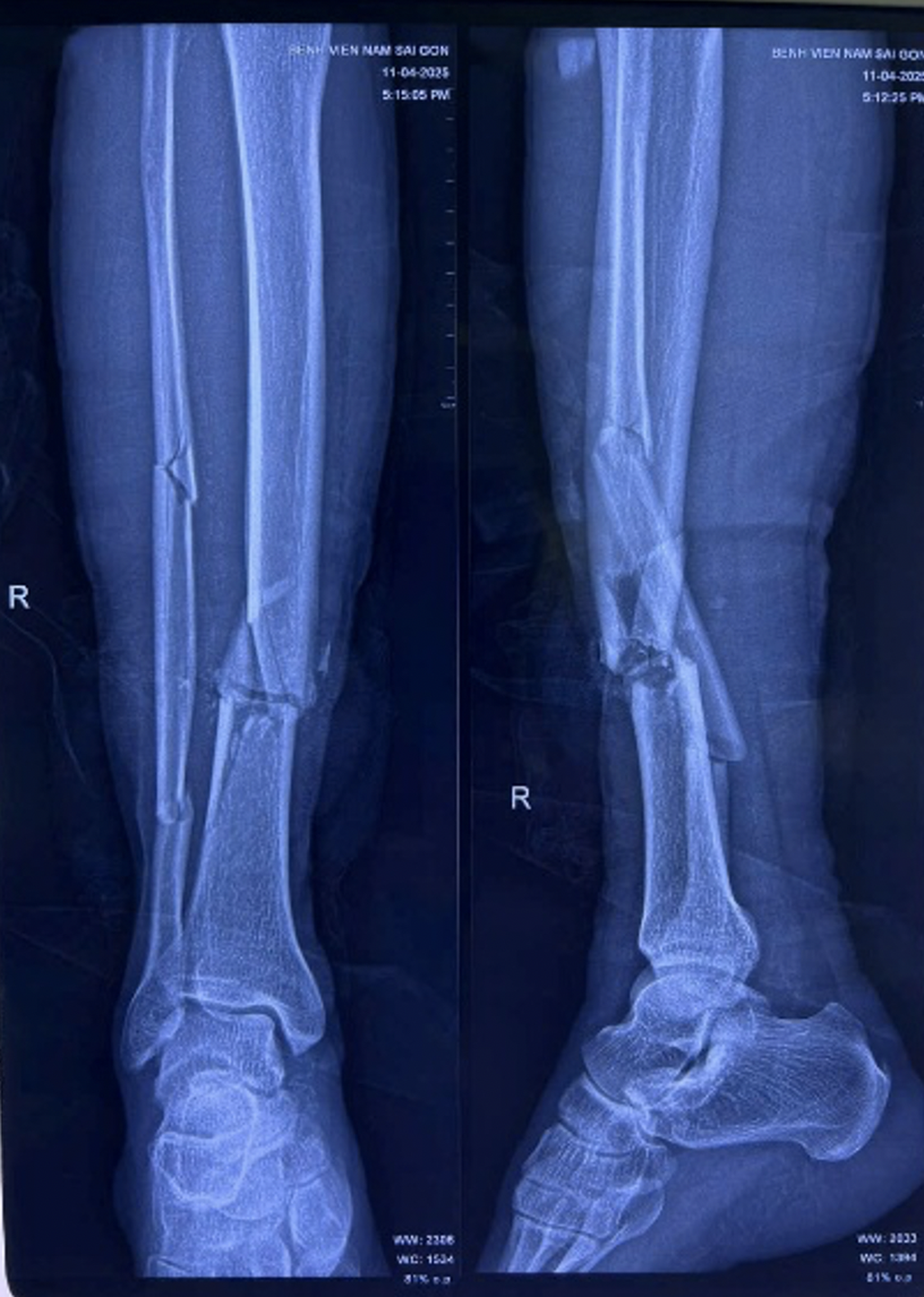
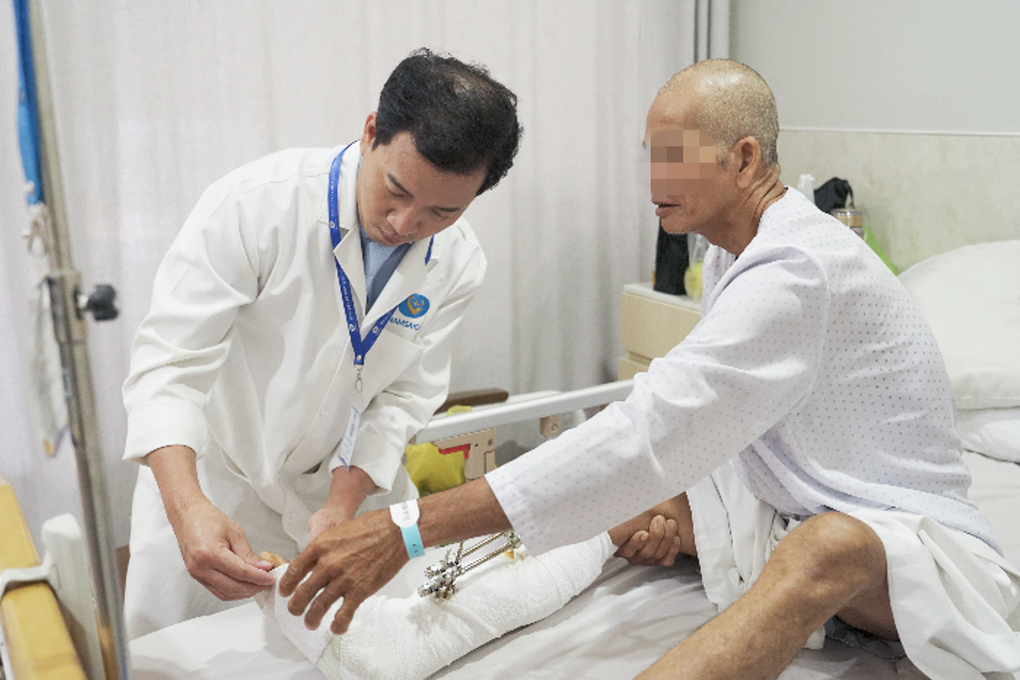
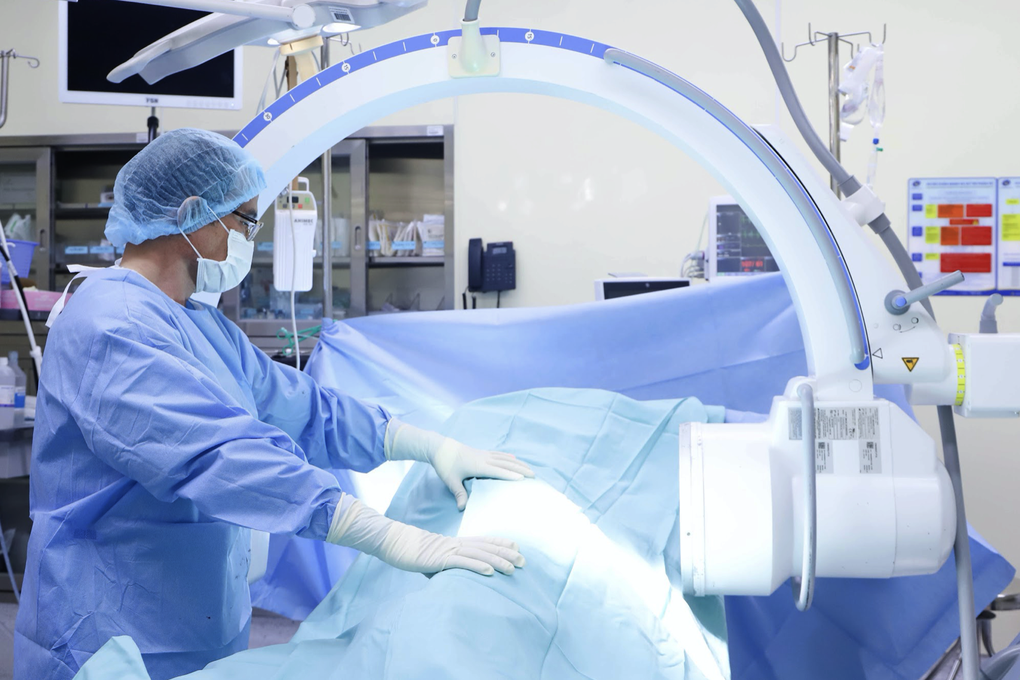
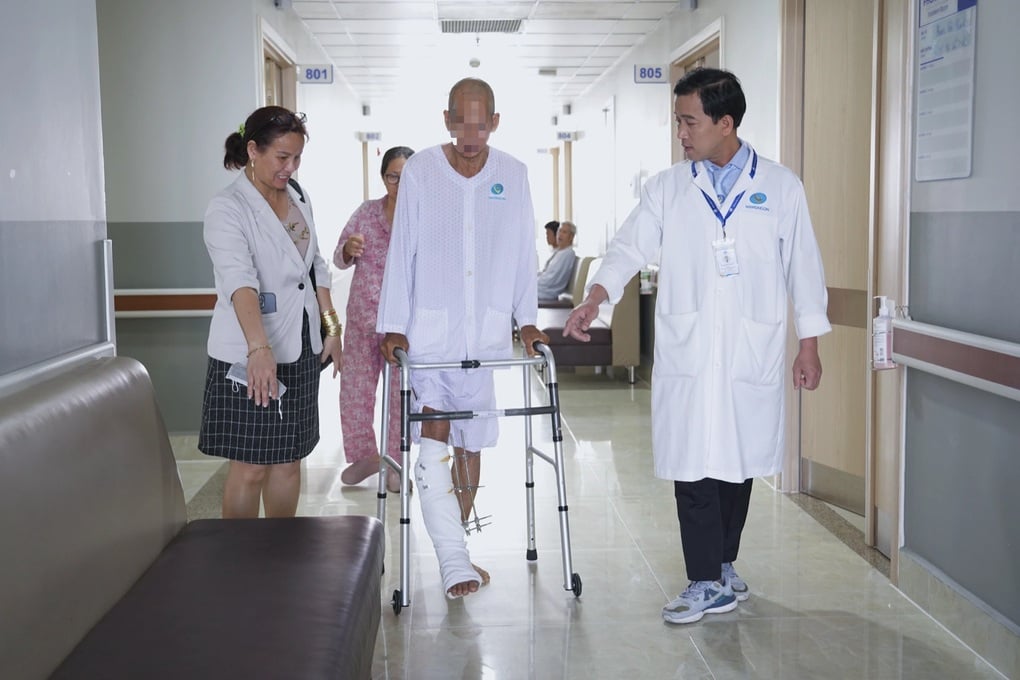






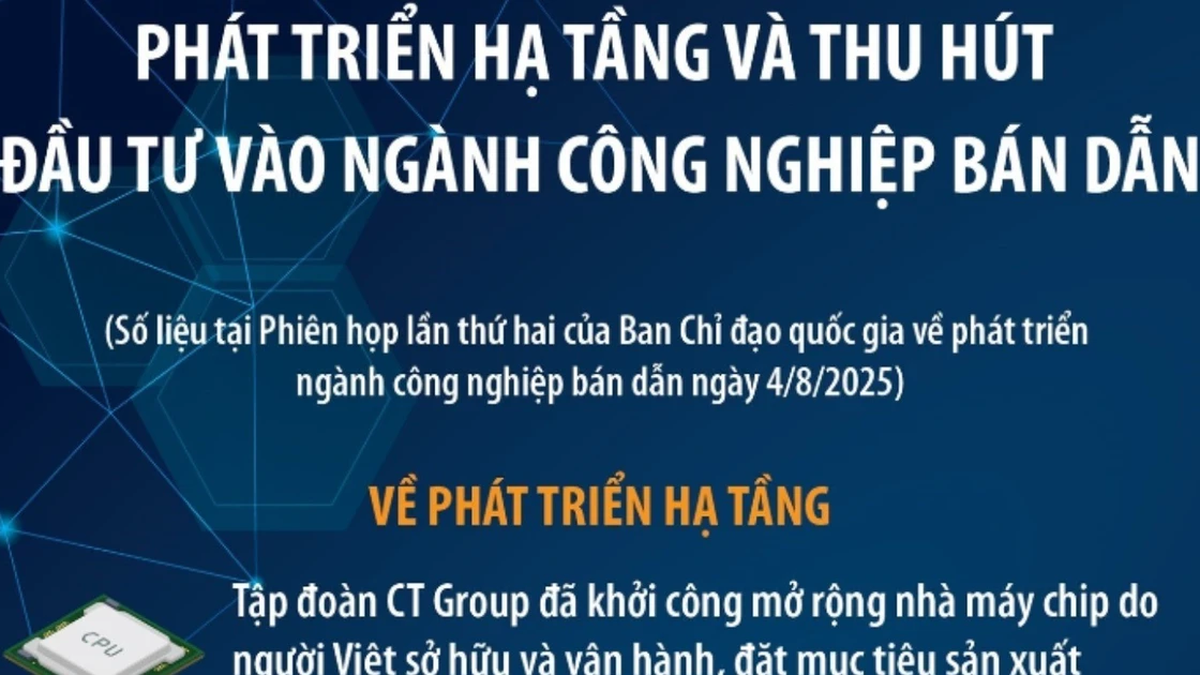


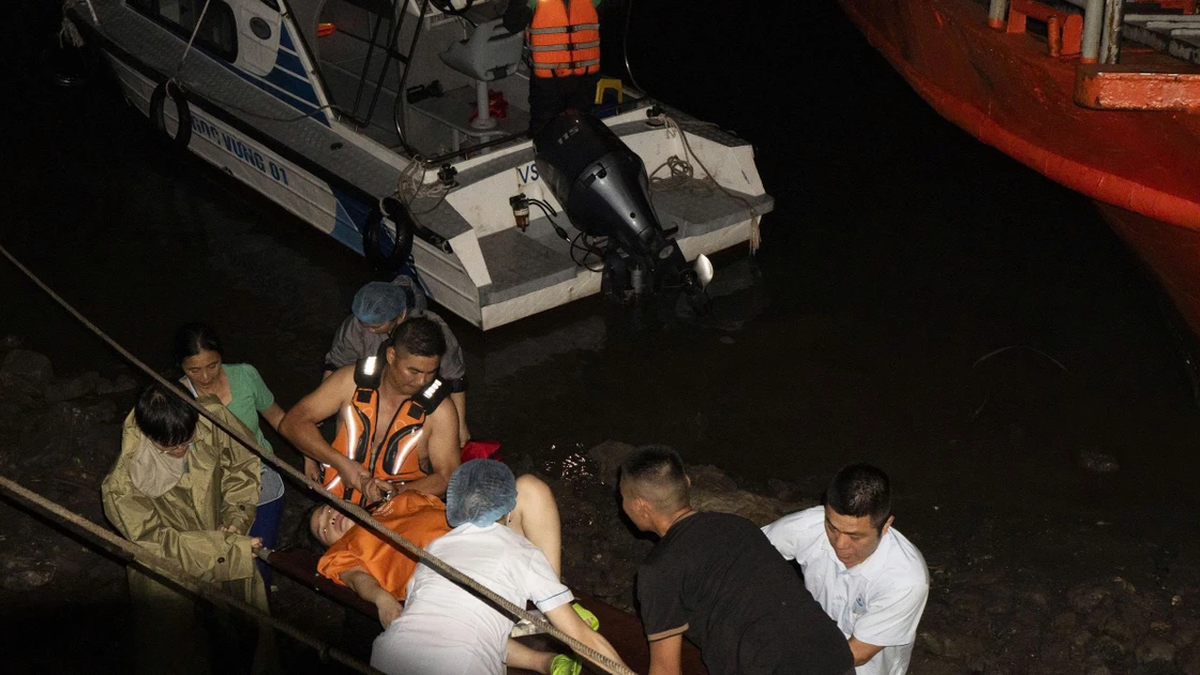











![[Photo] Nghe An: Provincial Road 543D seriously eroded due to floods](https://vphoto.vietnam.vn/thumb/1200x675/vietnam/resource/IMAGE/2025/8/5/5759d3837c26428799f6d929fa274493)





































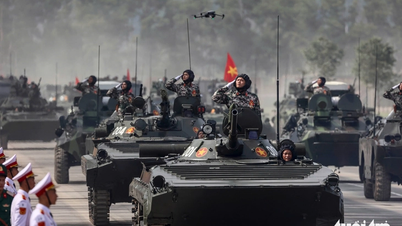
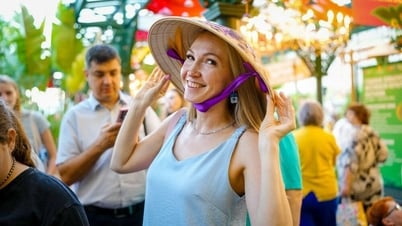





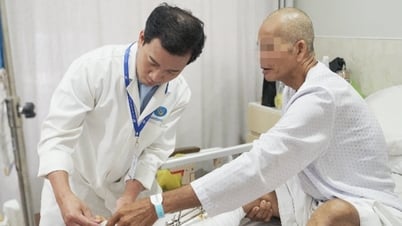
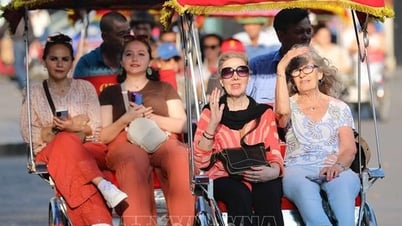




























Comment (0)